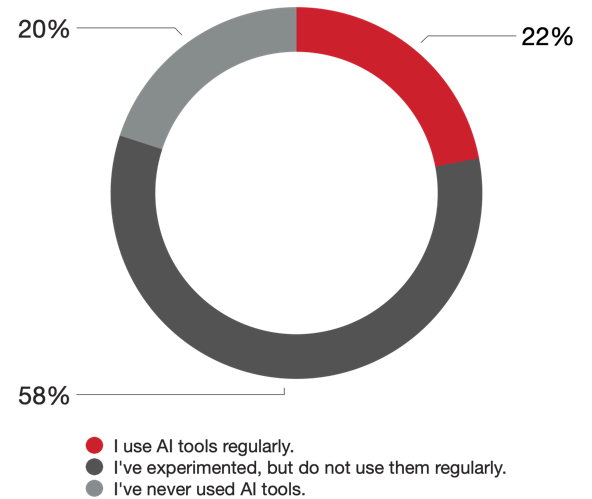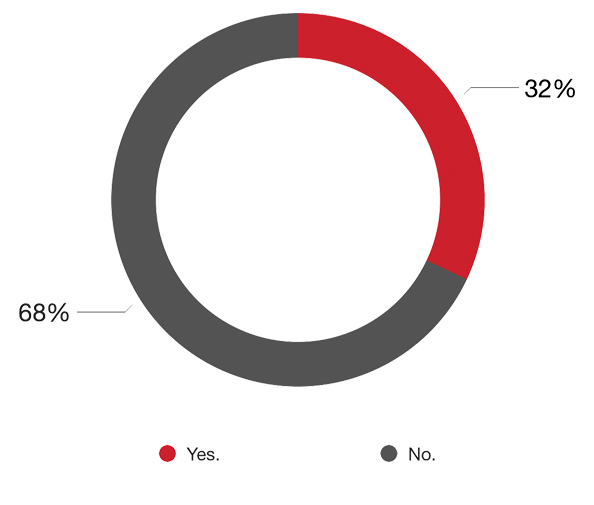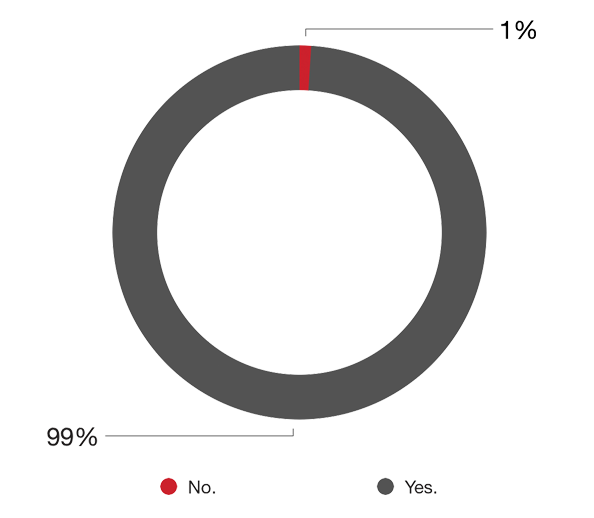Recently, we hosted a special webinar in partnership with GlobeNewswire on the impact of artificial intelligence in newsrooms and news reporting.
The webinar featured panellists from leading news organizations discussing the opportunities and limitations artificial intelligence (AI) brings to journalism.
In this engaging conversation, Andrea Baillie, Editor-in-Chief at The Canadian Press, Troy Thibodeaux, Director of Digital News at Associated Press and Jeff Stacey, VP of Product Management at Notified, explored the evolving role of AI in the newsroom, covering topics such as:

While you can watch the full webinar on-demand, here are some of our favourite takeaways from the discussion – featuring poll results from our live audience!
Our panelists discussed the fact that while generative AI cannot replace original stories from journalists, it can be used to increase efficiency and lighten workloads.
For example: AI tools can help journalists tackle transcription, translation and summarization, giving them more time to craft compelling narratives.
Meaningful stories that require detailed work are only capable of being created by a human, said Baillie. “I am confident AI cannot replace this type of content anytime soon,” she explained.
Thibodeaux agreed, suggesting AI can be a useful tool in news gathering and formatting stories in different ways - but it’s not capable of obtaining the narrative approach needed.
Most organizations have yet to establish official AI guidelines, facing challenges on how to approach regulation.
Our panellists discussed the importance of establishing standards and staying updated on this ever-changing technology.
“This field is changing so fast, this technology is developing so quickly, that you’re not going to be ready,” Thibodeaux said. “But it’s important to put out something at least provisionally, saying based on what we know now and what the technology is – these are our standards.”
He underscored the importance of gathering input from people outside of your organization. Differences in AI’s application depending on place, access to technology, safeguards and what it means to disadvantaged communities are all factors to consider when implementing policies.
Moreover, AI models include data with harmful biases, as our panelists emphasize that AI-generated content is always considered an unvetted source.
When it comes to genreative AI (such as the creation of articles or content), Thibodeaux stressed that “generative AI is not going to find its place on the wire without human intervention. A human being vetting it, editing it, and making sure it’s accurate.”
And given that newsrooms value their credibility, AI’s imperfect accuracy is not acceptable. “The core of our brand is accuracy and trust,” Baillie noted.
As such, when it comes to drawing the line Baillie added that transparency is key. “We would never pass something off that is AI-generated as a Canadian Press story,” she said.
With deepfakes and voice cloning, it’s now common to doubt the authenticity of images and videos seen online. Some fear that there will eventually be an inability to detect reality from fake news.
However, Thibodeaux explained that misinformation has always existed – AI just heightened its volume. The result is that it has reinforced the necessary role of journalists to filter through the noise and verify source credibility.
“For example, the AP (Associated Press) will say how they called a race and how we got there, to increase credibility. This will bring value in the sea of noise,” he added.
Baillie stressed that training reporters on fact-checking tools is also key. She concluded that journalists should dedicate time to verify – even if that means slowing down their process to ensure accuracy.
Throughout the webinar, we asked our audience multiple questions on the topic of AI and their thoughts on the issue.



Thanks for checking out our recap blog!
We encourage you to watch the full conversation on-demand to learn even more about this important topic and hear key takeaways from our expert panel.

Put your news release in front of journalists – Get started with Intrado, our news release partner, by creating a free GlobeNewswire account:
Register for your account (with our partner, GlobeNewswire)
OR complete the form on this page and a GlobeNewswire representative will be in touch with you promptly.